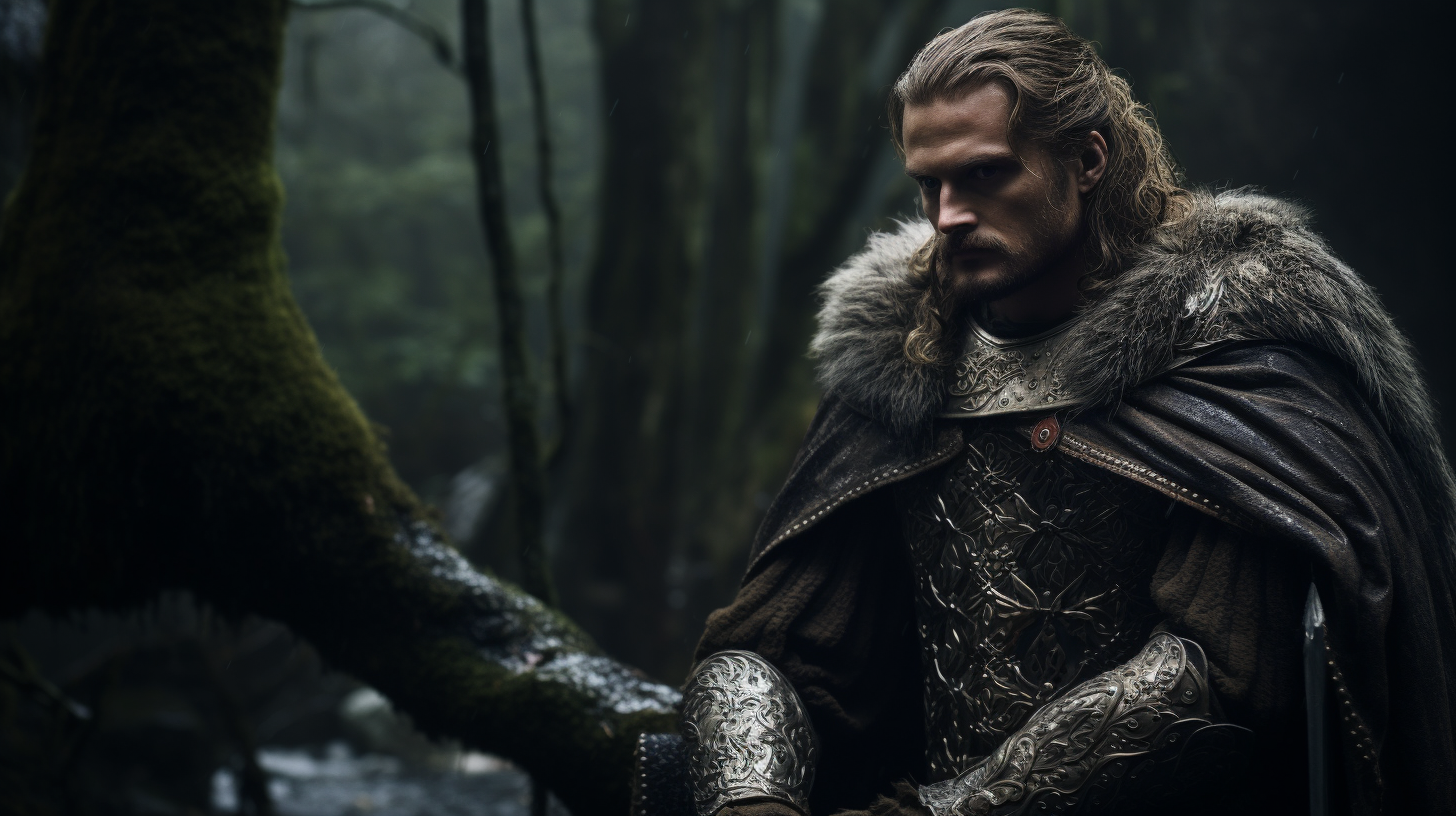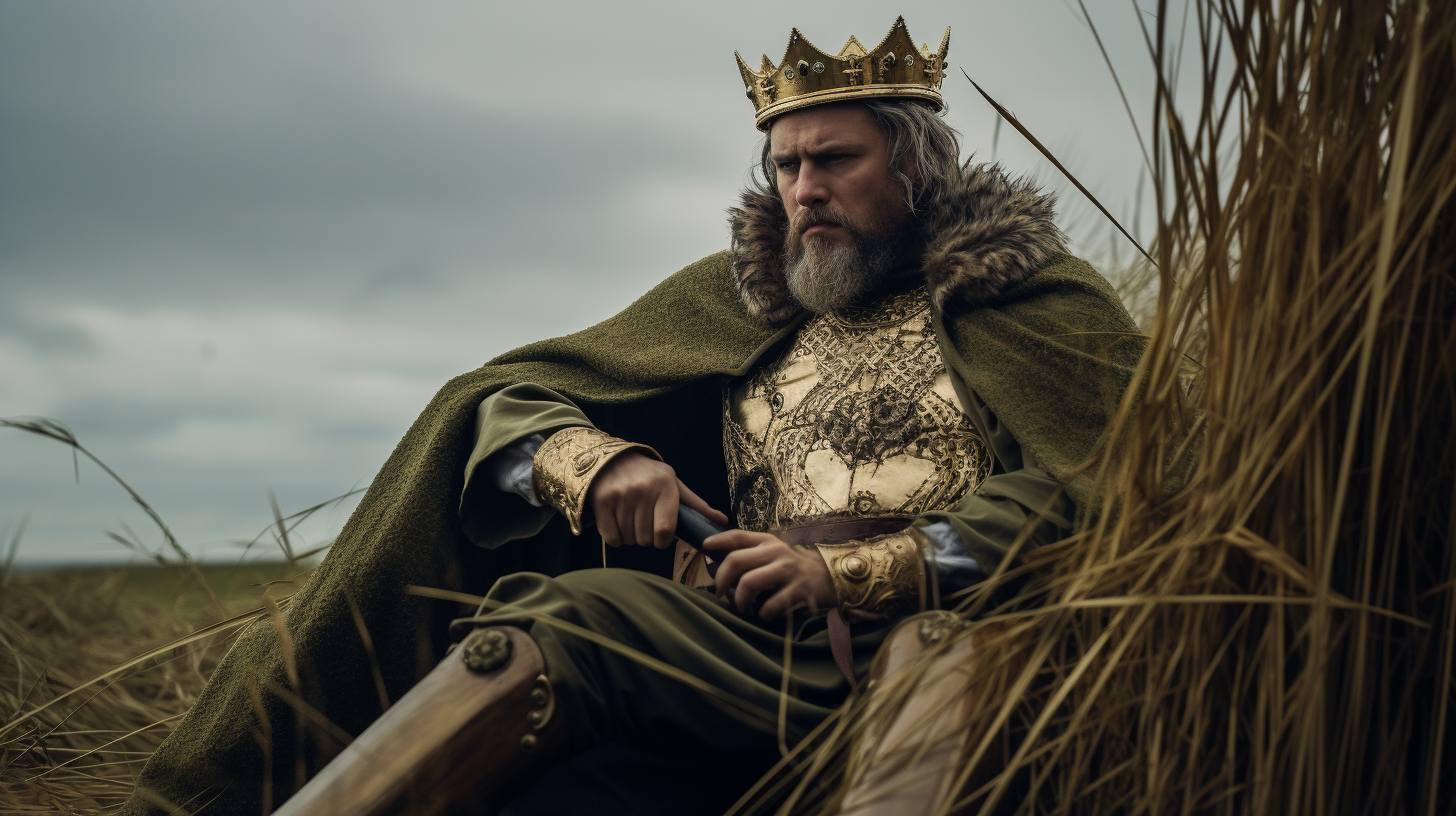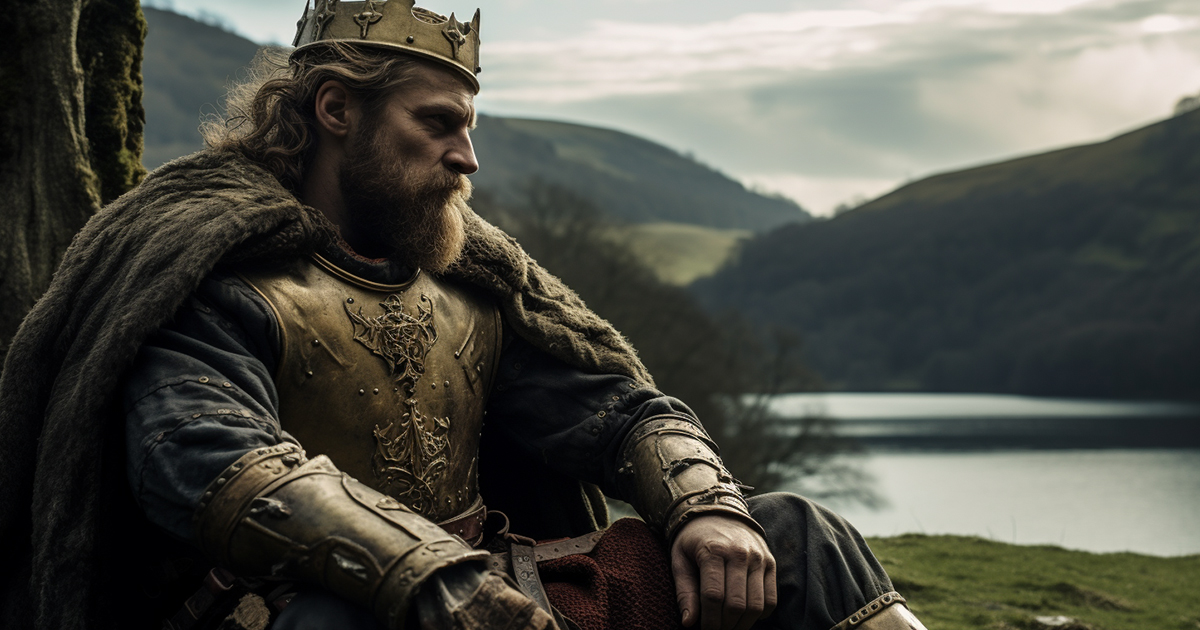Captivating individuals through the ages, the story of King Arthur showcases a young boy’s remarkable journey from modest beginnings to the legendary ruler of Britain, past and future intertwined.
Within this tale are the iconic elements of gallant knights, round tables, sacred grails, and the mystical Merlin. Is it possible that beneath the veil of folklore lies a nugget of truth waiting to be unveiled from the ancient narratives?
The saga of Arthur unfolds with a seemingly ordinary event – a sword firmly wedged in a stone, prophesied to be extracted only by the rightful King of England. Amidst failed attempts, Arthur’s successful retrieval sets history on a new course.
As he matures, Arthur embodies the archetype of leadership – Rex Quondam Rexque Futurus, the king of the past and future. His story is deeply woven into cultural tapestries, depicting him in Camelot’s splendor with Queen Guinevere and the wise Merlin.

His Knights of the Round Table embarked on quests for the Holy Grail, while Excalibur symbolized his strength and valor.
A twist in the narrative beckons through the ages, posing the question: Could King Arthur have been a living, breathing historical figure, transcending the realms of myth? Unraveling this enigma demands a deep dive into the corridors of history.
Amidst the strife of post-Roman Empire Dark Ages, Britain yearned for unity. Arthur is believed to have been the catalyst, a figure uniting disparate factions. But who was he, really?
His identity shrouded in mystery, historians speculate on the true essence of King Arthur, though answers remain elusive. The Arthur we celebrate today is a collage of interpretations from various storytellers.
Geoffrey of Monmouth, a 12th-century Welsh monk, plays a pivotal role in documenting Arthur’s existence. His work “The History of the Kings of Britain” rejuvenated the legend.

Monmouth’s narrative intrigues with its coherence and echoes among contemporary historians. Could historical threads indeed be interwoven within King Arthur’s tales?
Clues await at the Tintagel Castle ruins in southwest England, identified by Monmouth as Arthur’s birthplace. Recent digs unearth remnants dating back to Arthur’s era, with inscriptions reinforcing the ties to Arthur.
Watch the Featured Video:
Despite its fantastical allure, mounting evidence suggests a tangible inspiration behind the Arthurian legend. The quest to separate reality from fantasy within this saga continues, bolstered by each archaeological revelation in the unending pursuit of unraveling this timeless enigma.
